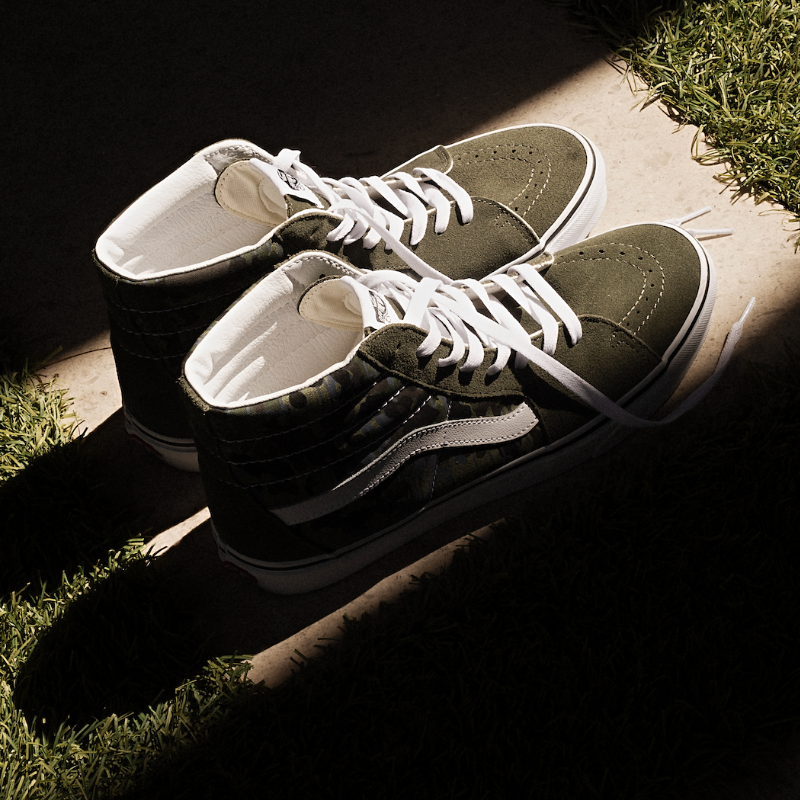Tactical boots are built to protect your feet under extreme stress, so imagine what they can do for everyday gentle conditions too. Therefore, when you find a good pair of tactical boots that fit you and are comfortable to wear, most of the time you'll want to wear them no matter what.
They are lightweight, comfortable, optimal for protection so it's no wonder they are a hit in both military, law enforcement, and civilian wear. They are the ultimate choice for:
- Ankle support and protection. Especially true if you are prone to ankle injuries or have been injured before. They give stability and support.
- Help disperse any added weight that you may be carrying for your body type.
- Perfect for challenging terrain.
- Excellent support for knees or those with knee issues.
- Protection against weather extremes and wildlife, such as insects that bite or snakes.
Some tactical boots advertise themselves as waterproof, but there are situations that can test that claim. Also, if it so happens that your favorite boot is made of suede or buffed leather to resemble suede then you'll want to protect against water damage. Waterproof tactical boots tend to last longer too.
For the hunter who hikes many miles a day on foot, eventually even some of the most popular waterproof products can begin to break down. The battering and constant flexing cause by hunting in steep, rocky terrain will stress the membrane and will compromise its ability to stop water from entering.
If you want to double-up on ensuring your favorite tactical boots are as waterproof as possible, we've got you covered.
Leather: Gel, creams, Wax
Waterproofing gels specifically made for full-grain leather can be rubbed into your boots to help keep them waterproof.
Waterproofing wax is another great product for fully leather or leather parts of a tactical boot. Waterproofing leather ensures that your boots continue supporting your feet and the leather remains breathable. The way leather is structured, when it absorbs water, the support it provides thanks to tanning agents fades as the tanning agents are lost. This will cause leather to stiffen and impair breathability.
To waterproof your boots using a wax:
- Choose the wax you'd like to use
- Clean your boots thoroughly. Remove laces, use a soft brush to remove dust and dirt. For a thorough cleaning add running water and your preferred boot cleaner.
- Ensure boots are either fully dry or that the water is soaked fully depending on the instructions your waterproofing wax and gel gives you.
- Most often your wax will need to be slightly warmed up. You can use a hair dryer or let it sit by a source of heat for a few minutes. The trick is not to liquify but soften enough to make it easy to apply.
- Apply waterproofing treatment as instructed by your chosen product.
You may find that wax will find its way into the welting of your boots, in that case, a Silicone spray sealant may be a viable choice, especially for new boots or newly re-soled boots. The leather does darken a bit with Silicone spray use, however.
Waterproofing using a cream:
Creams are also fantastic options for leather boots. To use a cream to waterproof your tactical boots, apply with the applicator that comes with it or a clean, dye-free, lint-free cloth. Rub the product across the entire boot.
Nubuck, Suede, Rough-out: Sprays.
Suede boots, or tactical boots with suede sections are particularly susceptible to water damage. One of the ways to keep your boots looking better and withstanding the elements longer is to waterproof them.
For nubuck, suede and rough-out materials on your tactical boots, don't use a gel or a wax, especially waxes with lanolin. Instead use a spray-on form of waterproofing and ensure it is formulated for nubuck, suede and rough-outs.
To waterproof these materials using a spray, you should:
- Clean your tactical boots. A scuff block and a brush will handle almost all existing scuffs or stains.
- Take your boots to a well-ventilated area with your spray water sealant of choice.
- Hold the can at least 6 inches from the boot.
- Go lightly and go quickly while spraying—missed spots can be tackled in the next layer.
- Let your boots dry between coats for 5-10 minutes so you avoid oversaturation. After the final coat, the drying time may take upwards of 30 minutes.
Regardless of which product you choose and what material your tactical boots are made of, once you've chosen the right water sealant for your needs, there are several tips that work for all products.
- Always clean your tactical boots before attempting to seal.
- If you intend to also use a seam sealer, do that before you treat.
- Try and do any waterproofing on sunny days. The sun will warm and cure your boots.
- If using silicone spray, follow the instructions and apply an even coat to the boot. If using wax, warm the wax slightly to make it easier to spread (but not liquified), use fingers (wearing gloves if possible,) or a soft clean, lint-free cloth to rub the wax into your boot. Place boots in warm (but not hot) area to allow wax to dry.
- Best curing practice is to let dry overnight.
- Repeat the process when you notice the layer of waterproofing begin to break down.
If you've already treated your tactical boots and are unsure if it's time to re-treat, there are a few signs that your boots will give you to indicate it's time to re-apply your water sealant.
You'll know it's time to re-apply a treatment if you notice visible evidence of the original layer of sealant starting to break down. Areas of your leather or treated material will begin to darken and become moist instead of beading, and the top layer may begin to look more scuffed. Any of these signs are an indication it's time to clean and retreat.
No matter where you stand, how long you must stand—the right pair of tactical boots is an asset protecting your feet no matter the weather. Waterproofing them with our handy tips will have them lasting longer and keeping your feet drier than ever before.



